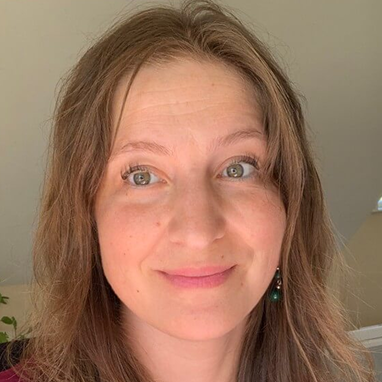I want to talk about the “miracle” of brief therapy, but as Karin says, it’s not a “miracle”: it’s the model. I’m just starting with this perspective, and I’m amazed at how these incredible changes can occur.
Lolle is a 17-year-old trans adolescent who comes to the session with his mother. They’ve been living alone since Lolle’s father formed another family when Lolle was 10 years old. The mother seeks help because her son has anger crises, which manifest in throwing things on the floor and shouting at her, to which she reacts with a lot of fear and remains silent because she feels overwhelmed. She also reports that Lolle cries a lot.
Lolle says in the third session that he has “emptinesses,” feeling as though he has many parts of himself inside, each with different characteristics, emotions, and thoughts of their own. Although he knows it’s still him, these “emptinesses” speak to him, and he hears them inside his head. They have names and visit him in emotionally intense or difficult-to-handle situations, like when he fights with his mother or a schoolmate, but they can also appear during moments of pleasure. What complicates things for him is that these emptinesses appear without warning; he just feels himself losing control, but then he comes back, not remembering anything that happened. He is very distressed by not knowing what happens during those moments when the “emptinesses” emerge. We introduced the “emptinesses” to him: there are eight. Lincoyan, the organizer or janitor; Salvador, the caregiver and helper; Lucas, the uncontrolled anger; Khenji, anger with a reason; Iván, the crybaby of the group; Vani, the smallest, sweetest, and most kind; Amay, the only woman, who has her experience stored in her memories; and Iraitz, an emotion like slime, something fluid.
In one session, Lincoyan unexpectedly appeared. I must confess it was a surprise for me, and I remembered Karin’s words: “the client’s language.” So, I spoke with him and clarified in a very serious tone that the sessions were for Lolle, that I would make an exception and talk to him, but that if he was in the session, it was to help Lolle. Lincoyan responded very kindly, understanding, and asked how he could support Lolle, and whether he would agree to integrate with Lolle. He said yes, that he helped him be very organized and gave him structure, and understood that Lolle was going through a tough time. We asked him how he could help and what Lolle should do to integrate him.
Work began with his emptinesses in session, and so far, Lincoyan and Vani have appeared. After working with them, we told the client what they suggested to start integrating, and also gave him the task of asking them what they thought each one needed or how they wanted to do it.
Each emptiness has its order of integration. According to Lolle, an organigram was created where he is the president of the company and decides what role each emptiness will take. Each also has a ritual to integrate, like Vani, who wants to go to the park and eat chocolates.
Of all the emptinesses, the one that most worries and scares Lolle is Lucas (it scares me too). We worked with Lolle on the idea that being constantly angry is a huge task, one that is probably very exhausting. Ultimately, the one who stays angry carries all the burden and deserves a rest. By the next session, the client said he had spoken to Lucas and no longer feared him. Instead, he felt sorry for him, realizing that Lucas isn’t actually bad, but that the good things were taken away from him. Later, Lolle remembered that Iván should come to the session, but that didn’t happen. When asked why, Lolle said he had other more relevant things to discuss, and that Iván wanted to leave, but he didn’t allow it. We asked him, “How do you do that? It seems like now you decide if they leave or not,” which was something that wasn’t possible before, because they would leave whenever they wanted, without control. He told me, “Yes, now they are a functional family. I feel powerful because I can call them whenever I want. I decide how and when to call them.”
The change with Lolle was first talking about the emptinesses, doing the opposite of what he, his mother, and his psychiatrist were doing, trying to banish the emptinesses (therapeutic topic). His psychiatrist didn’t want to talk about them, his mother was afraid, and Lolle himself didn’t want to discuss them for fear that people would think he was “crazy,” which made the emptinesses appear more frequently, and left him feeling like he had no control over them. In the session, we spoke about and invited his emptinesses, which allowed the client to take control of them and decide when to call them.

